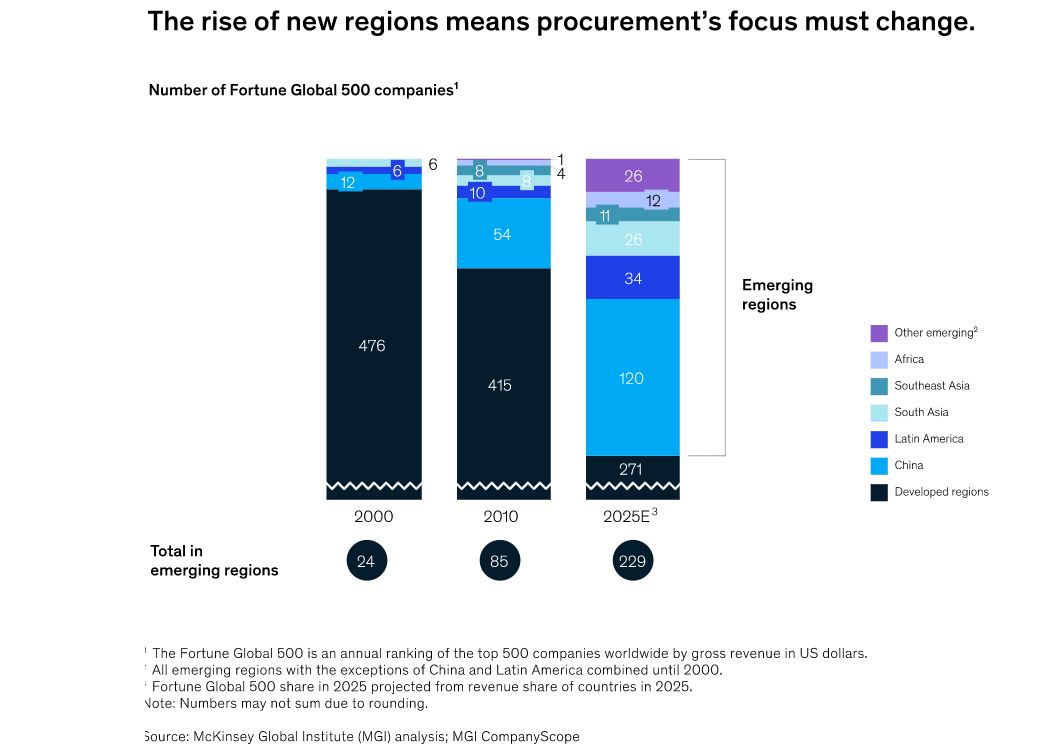McKinsey: shifting the dial in procurement

With the procurement function undergoing significant transformation, Supply Chain Digital breaks down McKinsey’s report ‘Shifting the dial in procurement’.
The role of procurement is changing. Value chains are becoming more complex, with increased risks and opportunities that accompany that complexity, developments in digitisation, automation and analytics that unlock previously untapped potential, as well as the acceleration of technological advancements and innovations which has meant it has become more difficult than ever to keep pace without external partnerships. McKinsey evaluates where procurement leaders should begin to transform their functions.
Automation, digitisation, analytics: fundamentally changing procurement
Digital disruption in procurement is already underway. Digitisation, automation and advanced analytics are causing transformation in how procurement operates by enabling procurement functions to identify and capture previously untapped sources of value. In McKinsey’s recent study, it was discovered that half of all procurement activities can be automated using technologies that are already available today. These advances promise to free up resources traditionally dedicated to transactional activities for reinvestment in strategic procurement, as well as seeking out innovative sources of value. AI and ML are helping to solve the challenge of data quality. Large spend datasets from enterprise-resource planning (ERP) systems can be often categorised as text-mining algorithms to work out even poorly coded spend.

Three actions for procurement leaders to take:
-
Rethink the procurement mandate
-
Invest in digital and analytics
-
Future-ready the organisation
McKinsey’s research believes that innovative digital solutions in procurement can harness as much as an incremental 3-10% rise in annual cost savings. Advanced analytics-enabled spend-intelligence solutions can provide deeper category insights to find out opportunities in strategic sourcing of commodities, such as those with volatile pricing caused by the fluctuating cost of raw materials inputs.
Internet of Things (IoT) sensors able to collect real-time data from operating equipment are now being used across the board to decrease the total lifecycle cost of operations equipment and consumables. For example, tire manufacturers are now sensorising their products to offer digital tire monitoring platforms that help fleets lower costs and increase uptime by analysing data to determine optimal corrective measures. Procurement and operations teams will subsequently be able to achieve incremental total-cost-of-ownership savings in maintenance time, protecting tires from long-term damage while decreasing tire-related breakdowns and increasing fuel efficiency and safety.
The need for innovation ecosystems
As the speed of adoption increases significantly across industries, it becomes increasingly harder for organisations to keep up as many choose to partner more with technology providers, be it from established partners or start-ups, to develop an ecosystem of innovation. Procurement’s insight into how suppliers are transforming their offerings means it can play an influential role in working with suppliers through innovative business models as well developing partnerships to invest in new technologies.
To read McKinsey’s full report, click here!
For more information on procurement, supply chain and logistics topics - please take a look at the latest edition of Supply Chain Digital magazine.






